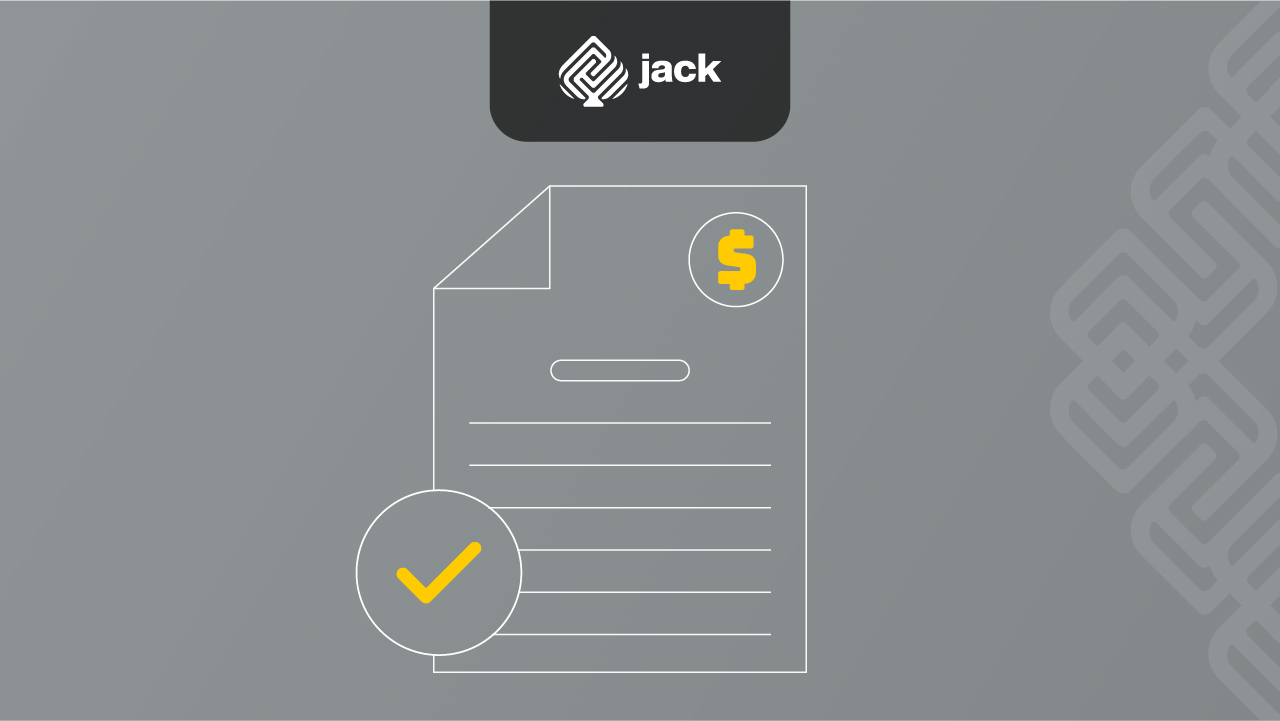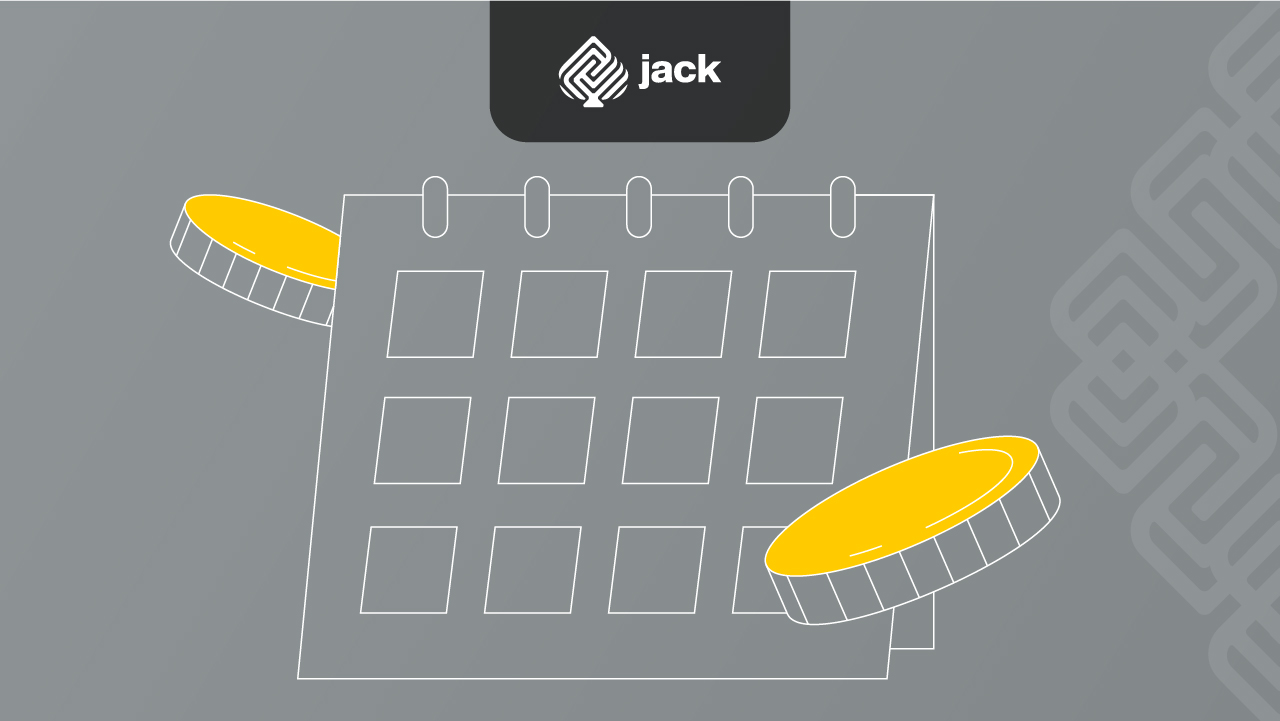When it comes to debt, the discussion seems never-ending. Moreover, within the realm of debt, there are various types, and one of the most commonly used is compensatory receivable.
The term “Compensatory Receivable” may not be familiar to everyone. This is understandable as it is primarily used in large companies and government entities. Furthermore, compensatory receivables also have legal implications.
See Tutorial Account Verification Jack
To understand what compensatory receivables are and their relationship with debt settlement, let’s delve into the following explanation.
Definition of Compensatory Receivable based on the Civil Code

First, let’s understand that compensatory receivable is a term referring to the settlement of debts. Debt settlement, known as “compensate” in the Civil Code, is regulated from Article 1425 to Article 1435 of the Civil Code.
Article 1425 of the Civil Code states:
“If two persons owe each other, there shall be a settlement between them, by which the debts between them shall be extinguished, in the manner and subject to the conditions to be mentioned hereafter.”
Mariam Darus once translated this article as stating that compensation occurs when two persons owe each other, and their debts are extinguished. According to the law, a settlement calculation has taken place between them, resulting in the cancellation of their obligations.
Meanwhile, according to Johannes Ibrahim’s opinion, compensation or debt settlement refers to the settlement of two debts. These two debts consist of objects determined by their generic nature (generieke ziken), owned by two parties reciprocally. Each party acts as both a creditor and a debtor to the other party, with the smallest amount owed among the two debts.
Requirements for Compensatory Receivables

When compensatory receivables occur, certain requirements must be fulfilled as follows:
- If two persons are bound by debt obligations of the same type and both debts have reached maturity, each person can settle their debt by an equivalent amount. However, this does not apply if it is prohibited by the nature of the debt obligation (Article 492-(1) of the Civil Code).
- If one party has expressed a contrary intention, debt settlement cannot be carried out. However, such a statement of intention does not apply to a third party acting in good faith (Article 492-(2) of the Civil Code).
Methods of Compensatory Receivables

The commonly used methods for compensatory receivables are as follows:
- Debt settlement can be initiated when one party expresses their intention to the other party. There should be no requirements or time limits for the expression of intention (Article 493-1 of the Civil Code).
- In the case of a debt with a fixed term, if debt settlement is carried out before the term expires, the creditor can settle the claim through debt settlement (Article 495 of the Civil Code).
Various Prohibitions in Compensatory Receivable

When engaging in compensatory receivable, there are various prohibitions that must be observed, as follows:
- If the debt obligation arises from intentional illegal acts, the debtor cannot eliminate their obligation through debt settlement with the creditor (Article 496 of the Civil Code).
- If certain debt obligations do not allow additional requirements, the debtor cannot request debt settlement from the creditor (Article 497 of the Civil Code).
- Third parties under seizure orders cannot request debt settlement from the claim holder (Article 498 of the Civil Code).
Understanding Fiscal Loss Compensation

If we connect compensatory receivables with taxes, we have fiscal loss compensation. Basically, fiscal loss compensation is a reimbursement scheme carried out by both corporate and individual taxpayers. The compensation is based on their recorded losses and is carried out in the following consecutive years, up to 5 years.
A company generally has two types of financial calculations, namely commercial calculations and fiscal calculations. Fiscal calculations generally focus on tax return preparation (SPT) and consideration of tax consequences for the company.
Types of Fiscal Loss Compensation

Some types of fiscal loss compensation include:
1. Horizontal
This type of compensation occurs between business units (divisions) within the same year. However, losses from business units outside the country, are subject to final income tax, and those with income not subject to income tax are exempted from horizontal compensation. If there are still remaining losses after horizontal compensation, they can be compensated vertically.
2. Vertical
Vertical compensation refers to the compensation of fiscal losses from one tax year to the following tax year.
You can find the requirements below.
- Fiscal losses are based on tax assessments issued by the Director General of Taxes, as well as fiscal losses based on the Annual Income Tax Return (self-assessment) in the absence or non-issuance of tax assessments by the Director General of Taxes. This means that fiscal losses can be determined through an examination and directly reported by the taxpayer.
- Fiscal loss compensation arises when there are fiscal losses for previous tax years (Annual Tax Returns reported as Nil or Overpayment but with fiscal losses).
- Fiscal losses occur when gross income is reduced by allowable expenses (according to fiscal regulations), resulting in a loss.
- These fiscal losses are compensated with net fiscal profits starting from the following tax year, consecutively for up to 5 (five) years.
- If, thereafter, based on tax assessment results from an examination, it is found that the amount of fiscal loss differs from the loss according to the Annual Income Tax Return or the examination result shows no loss, the fiscal loss compensation according to the Annual Income Tax Return must be immediately corrected in accordance with the provisions and procedures for correcting tax returns as regulated in the General Taxation Provisions and Procedures Law.
Use Jack for your business needs
That concludes the explanation of compensatory receivable and its relationship with debt settlement. We hope this information is beneficial to you.






